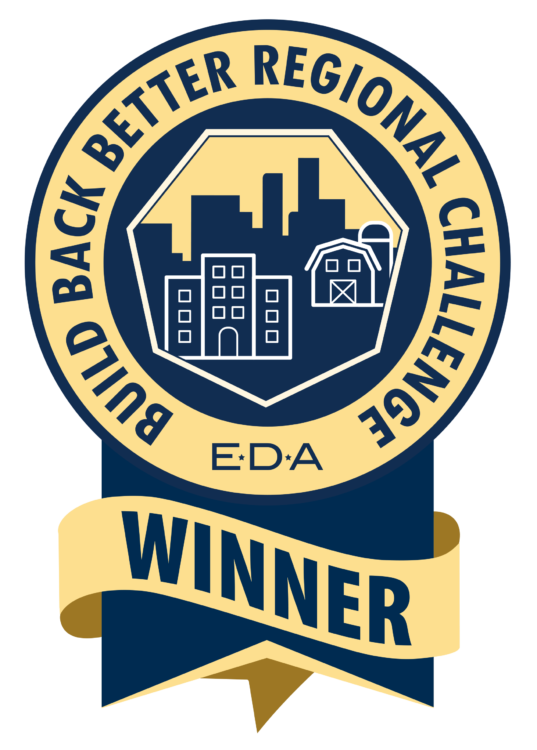Course 7: End-of-Life, Second Life and Recycling
Examine the end-of-life and second life potential of lithium-ion battery technologies. Explore the two main end-of-life processes for batteries: reuse and recycling.
Time to Complete
3.5 hours
Certificate & Digital Badge
Included Upon Completion
About This Course
This is the seventh course in the Battery Technician Program and it is also offered individually starting October 4, 2023, for those without the time to commit to an entire program. To register for either the Battery Technician Program or for End-of-Life, Second Life and Recycling as an individual course, please use the “register” button at the top of this page.
In this course, learners will examine the end-of-life and second life potential of lithium-ion battery technologies. They will examine the two options for handling batteries reaching their end-of-life: reuse and recycling.
Lessons in this course:
- Dismantling a Battery Pack
- Reuse of Batteries
- Electric Vehicle Batteries for Stationary Energy Storage
- Battery Recycling: General Overview
- Battery Recycling: Physical Processing
- Battery Recycling Hydrometallurgical Processing
- Recognize the process for dismantling battery packs, respecting the basic safety rules.
- Examine the two end-of-life scenarios for batteries: reuse and recycling.
- Recognize the reuse-recycling potential of lithium-ion battery technologies.
- Recognize the waste produced by the increasing number of electric vehicle (EV) batteries.
- Recall the argument why EV batteries should be repurposed for stationary applications, recognizing the current limitations.
- Recognize the importance of recycling for the sustainable management of resources.
- Identify the main features of spent batteries.
- Recall operations, processes and technologies used for treatment and materials recovery through recycling.
- Describe the technical challenges of recycling.
- Recognize the importance of physical separation in the global recycling flowsheet development.
- Identify the main operations and their sequence in the processes.
- Identify the main material streams recovered from each operation.
- Compare the technical approaches applied to portable and industrial battery types.
- Recognize the importance of hydrometallurgical processing as an alternative to other metallurgical processes.
- Examine a set of operations used to treat several types of battery flows and identify the operating principles of the main unit operations used in hydrometallurgy.
This online learning experience provides you with interactive content lessons, this includes instructor-led video lectures, a downloadable learning guide, discussion prompts, non-graded practice questions and a graded final assessment to test your understanding of the material covered in this course.





